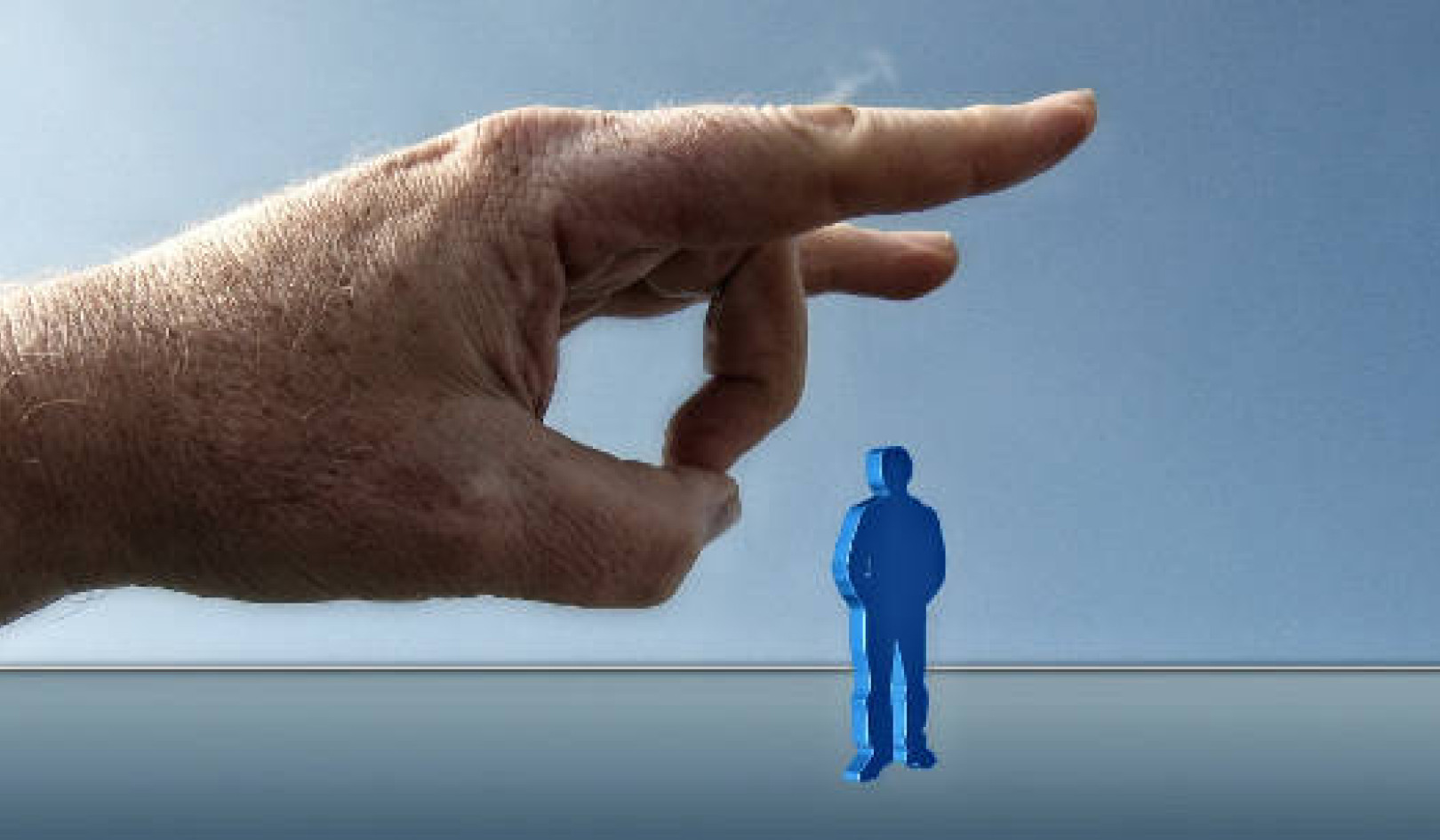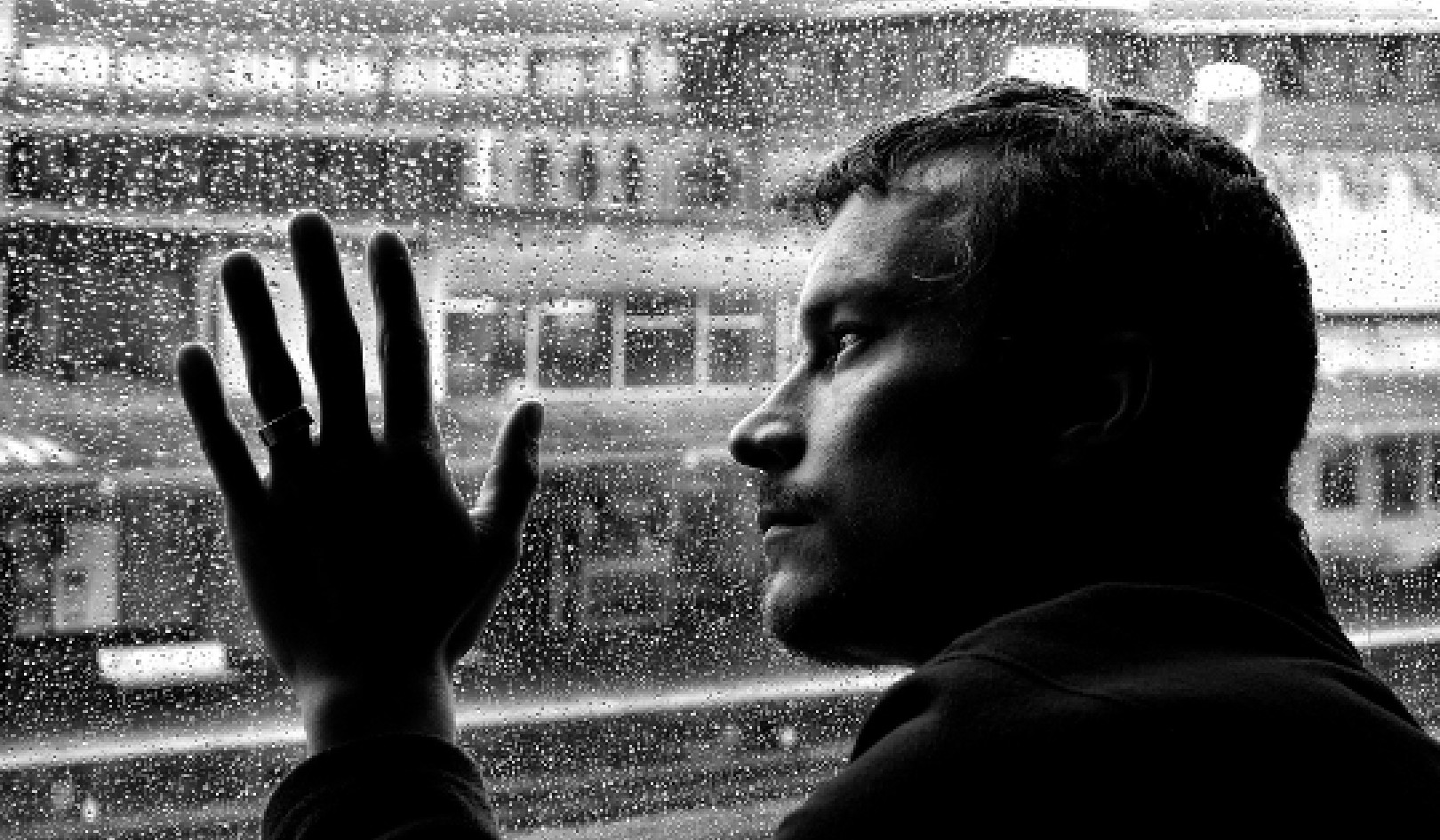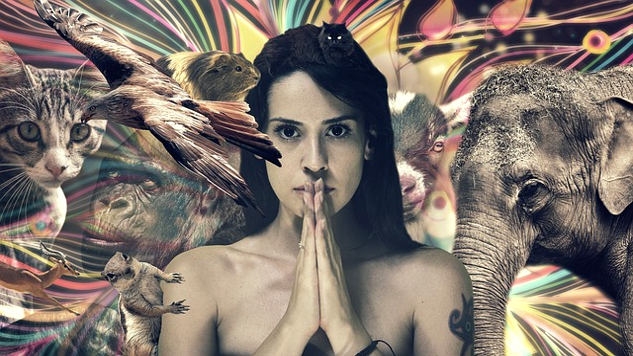
Image by Okan Caliskan
We are all potential healers and dreamers; our very nature is shamanic. We all have shamanic abilities that knowingly or unknowingly we use every day.
Many of us, unfortunately, have become conditioned by our educational system and the broader culture to split off from, become numb to, and marginalize our intrinsic shamanic abilities. We are all being dreamed up by the shared unconscious in the family system—which in this case is all of humanity—to act out and give full-bodied form to the marginalized part of the collective group’s unconscious.
An accomplished shaman is someone who unfolds this unconscious process by adding consciousness to it, whether it be within their own mind or within the shared container of the community. They typically “make light” of the unconscious shadow they are picking up in the field, which carries a double meaning: to create light by alchemically turning the darkness of the shadow into light, as well as to add humor to the heaviness of the shadow—to not take it so seriously. This is why the shaman is often associated with the archetype of the trickster, the Divine Fool..
Seeing Beyond Our Limited Self
One of the chief features of the shamanic aspect of ourselves is to be able to see through so as to see beyond—and step out of—our limited sense of who we imagine we are. Here’s an example of something I do as a writer that is very shamanic. Say I’ve written an article and I begin to wonder what a particular person whose perspective I value would think about what I’ve written. I will then read the piece, consciously imagining I’m them, stepping into imagining what they would think as I read it. Even though I’ve read my piece countless times, whenever I do this exercise I always have new insights that never occurred to me when I was reading my piece as the one who has written it.
What makes me refer to this as a shamanic process is that by doing this I’ve stepped out of my habitual identity pattern and am seeing the world—via my creative imagination—through another’s eyes, stepping into their shoes, so to speak. Through sympathetic resonance I have stepped out of myself and my limited point of view, and by traveling on the wings of the creative imagination I have stepped into another identity and corresponding worldview in a way that is helpful to me (it improved my article, for example).
We enact processes like this every day, mostly unconsciously. For example, many of us see ourselves through the lens of how we imagine other people see us, which then conditions and affects our actual behavior. In essence, instead of simply being who we are and seeing the world through our own eyes, we will see ourself through the imagined eyes of others, which severely constricts our freedom to simply be who we really are. We have then given away our power to the outside world, to which we become enthralled. We then try to behave in ways that fit our carefully constructed self-image of who we imagine we are according to the eyes of the world. Becoming blind to our own authentic nature, we have disconnected from—and outsourced—our own vision.
This, too, is a shamanic process in that we step out of our own point of view and via our creative imagination assume an imaginary other’s perspective of who we are, but in a way that suffocates our true creative expression. Notice the difference between these two examples: the first scenario (of consciously imagining that I’m reading my writing as someone else) inspires my creative expression and expands my sense of self; the second example constrains our creative expression and constricts our idea of who we are.
We are truly magicians who knowingly or unknowingly wield creative power beyond measure. It makes all the difference in the world whether we use our shamanic gifts consciously or not.
It’s No Time to Be “Normal”
These times of “the new normal” are not normal times at all. To connect with our underlying shamanic identity is to have the courage to step out of appearing to be normal. We are all inhabitants of two realms simultaneously: ordinary, mundane, mainstream consensus reality, and the nonconsensus shamanic reality of dreaming that is enfolded within our day-to-day lives. As we become integrated within, we can fluidly navigate between these two seemingly opposite realms and manage to skillfully assume whatever role we are being asked to step into by circumstances in the moment.
Psychoanalyst Joyce McDougall uses the term normopathy to connote an excessive and pathological attachment and adaptation to conventional social norms. English psychoanalyst Christopher Bollas uses a word with a similar meaning, normotic,* which seems to be a play on the word neurotic.
Not having developed a sense of self, people who are normopathic or normotic have a neurotic obsession to appear normal, to fit in. They are abnormally normal. At the bottom of this malady is an insecurity of being judged and rejected.
Normotics are overly concerned with how others view them, which makes them afraid to creatively express their unique individuality, which results in them being reticent to participate in the call of their own individuation. As Jung counsels, we should be afraid of being too healthy-minded, as ironically this can easily become unhealthy. Overly healthy-minded people are what Jung refers to as being “pathologically normal.”
Families, groups, and societies can all be afflicted with normopathy (according to whatever the group’s rules are regarding what is considered “normal”), such that it is considered normal to be normotic. The strange thing is that if almost everyone in the group is normotic, this pathology is seen as normal and healthy—which makes the person in the group who isn’t subscribing to being normotic appear to be abnormal, the one with the pathology. Insanely, in a case of projecting their own craziness, the ones with the pathology then pathologize the one who doesn’t have it. Something of this nature is going on in our world at present.
Choosing to Not Fit In: The New Abnormal
To the extent that we are not in touch with ourselves and want to appear normal, we are susceptible to taking on other people’s version of the agreed-upon consensus reality. Our willingness to become a card-carrying member of the prevailing consensus viewpoint of the group disconnects us from our true power and agency. We are then easily manipulated by external forces that control the collective narrative about what is happening in the world.
Whichever term we use, normopathic or normotic, there are many of us who derive our self-worth through external validation by others. Being social creatures, we have an unconscious undertow that pushes us to want to belong to a group, which can disconnect us from our natural urge to individuate. Instead of seeing the world through our own eyes, we then see the world and ourself not through the eyes of others, but how we imagine others see us. We’re still using our creative imagination, but the difference is we’re giving our power away to others. To connect with our own sovereignty we have to find the source of our true creative power within.
In the challenging times that we are living in, it is crucially important that we not fit in. Instead, we must express the creative spirit that more than anything wants to come through us and find its place in the world. Instead of passively subscribing to “the new normal,” let’s create “the new abnormal,” in which we engage in the radical act of being our naturally creative shamanic selves. Whereas repressed and unexpressed creativity is the greatest poison to the human psyche, creativity that is given free reign to express itself is the greatest medicine imaginable.
Copyright 2023. All Rights Reserved.
Adapted with permission.
Published by Inner Traditions Intl.
Article Source: Undreaming Wetiko
Undreaming Wetiko: Breaking the Spell of the Nightmare Mind-Virus
by Paul Levy
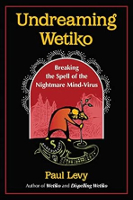 The profound and radical Native American idea of “wetiko,” a virus of the mind, underlies the collective insanity and evil that is destructively playing out around the world. Yet, encoded within wetiko itself lies the very medicine needed to combat the mindvirus and heal both ourselves and our world.
The profound and radical Native American idea of “wetiko,” a virus of the mind, underlies the collective insanity and evil that is destructively playing out around the world. Yet, encoded within wetiko itself lies the very medicine needed to combat the mindvirus and heal both ourselves and our world.
Paul Levy begins by investigating how the process of becoming triggered, wounded, or falling into suffering can help us better understand the workings of wetiko in a way that transforms our struggles into opportunities for awakening. He highlights one of the primary archetypes currently activated in the collective unconscious of humanity—the wounded healer/shaman. Ultimately, the author reveals that the best protection and medicine for wetiko is to connect with the light of our true nature by becoming who we truly are.
For more info and/or to order this book, click here. Also available as a Kindle edition and Audiobook.
About the Author
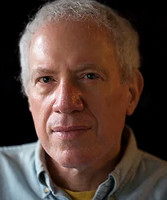 Paul Levy is a pioneer in the field of spiritual emergence and a Tibetan Buddhist practitioner for more than 35 years. He has intimately studied with some of the greatest spiritual masters of Tibet and Burma. He was the coordinator of the Portland chapter of the PadmaSambhava Buddhist Center for over twenty years and is the founder of the Awakening in the Dream Community in Portland, Oregon.
Paul Levy is a pioneer in the field of spiritual emergence and a Tibetan Buddhist practitioner for more than 35 years. He has intimately studied with some of the greatest spiritual masters of Tibet and Burma. He was the coordinator of the Portland chapter of the PadmaSambhava Buddhist Center for over twenty years and is the founder of the Awakening in the Dream Community in Portland, Oregon.
He is the author of The Madness of George Bush: A Reflection of Our Collective Psychosis (2006), Dispelling Wetiko: Breaking the Curse of Evil (2013), Awakened by Darkness: When Evil Becomes Your Father (2015) and The Quantum Revelation: A Radical Synthesis of Science and Spirituality (2018), and more.
Visit his website at AwakenInTheDream.com/


























